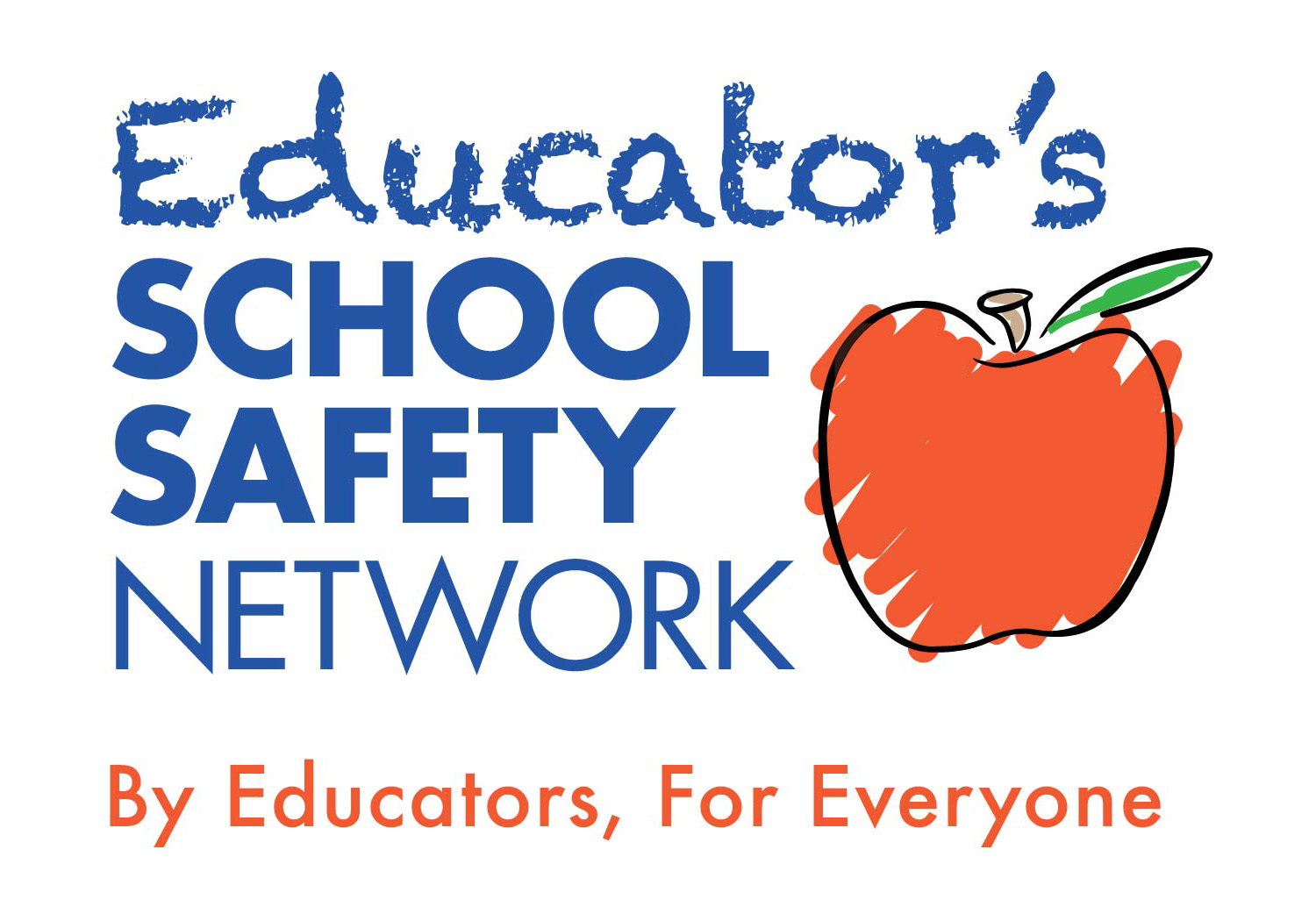Accountability is (as always) a hot topic in education. Many states are currently implementing or have implemented teacher and principal evaluation systems that are based to some degree on student achievement as a measure of teacher or administrative performance. Political and philosophical arguments aside, how would our schools fare if we applied similar accountability tactics to assessing the level of preparation and training for educators in the area of crisis response?
Let’s take a moment to compare the basic components of a typical teacher evaluation system and reflect on how these might be applied to our fundamental obligation of ensuring safety.
- 1. Teacher accountability systems typically include a classroom observation or walk through of some sort conducted by a trained evaluator. When was the last time your school took a critical look at potential vulnerabilities or procedural lapses through a site survey or facilities walk through? When a vulnerability assessment is initiated, is it done by trained evaluators using an interdisciplinary approach?
Classroom observations address not only concerns, but perhaps more significantly, make recommendations for improvements. A site survey should do the same. It’s important to examine potential vulnerabilities and craft mitigation strategies that address those vulnerabilities.
- 2. Accountability systems for educators increasingly include hard measures of student achievement such as standardized tests or assessments of competencies. The intent is to gather objective data on the school’s performance that are based on a common core of skills or knowledge. If we applied this same objective approach to your school, would be find that the staff has all attained an acceptable level of knowledge or skill in crisis response?
Like a national common core of academic standards, there is also a set of established best practices for schools in the area of crisis preparation and response. In the past weeks we have discussed the new FEMA and Department of Education guidelines that were issued in June of 2013. These guidelines recommend a “run, hide, fight” approach to school violence that makes evacuation (when it is safe to do so) the preferred choice in an active shooter event. Many American schools have not addressed these new guidelines, modified their procedures to reflect them, or provided the necessary training for staff to implement them.
So how would your school fare if it were subjected to an accountability system for school safety? If your school was assessed on the effective implementation of best practices like vulnerability assessment, threat assessment management, and lockdown enhancement procedures, what would be the result?
The harsh reality is that schools are subjected to the most rigorous of all accountability systems when it comes to the safety of staff and students – the moral and ethical responsibility school’s have to protect the children in their care. Parents will forgive the school for poor test scores, but they will not forgive or forget the injury or death of their child while in the school’s care. What is your school doing to measure up to this standard?
